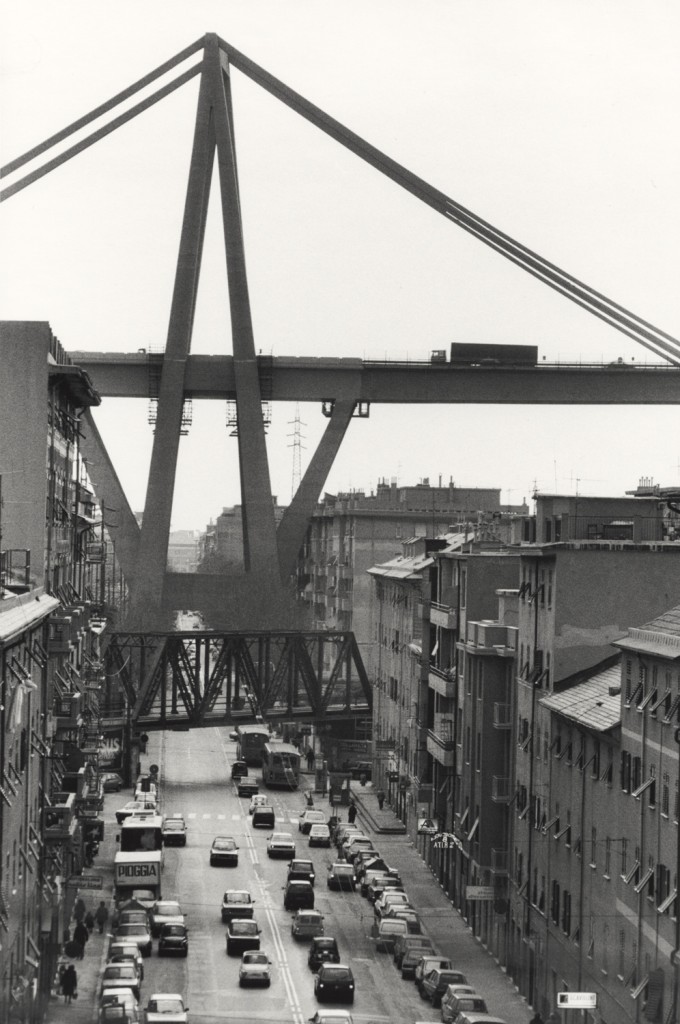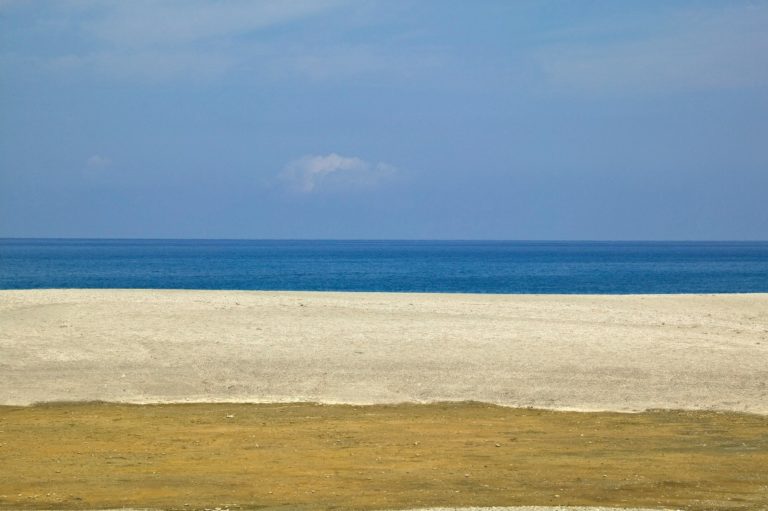The Histories of Photography.Industry and Photography. With Urs Stahel

– for young people aged between 18 and 25 (not yet turned 25);
– for groups of 15 people or more;
– La Galleria Nazionale, Museo Ebraico di Roma ticket holders;
– upon presentation of ID card or badge: Accademia Costume & Moda, Accademia Fotografica, Biblioteche di Roma, Centro Sperimentale di Cinematografia, Enel (for badge holder and accompanying person), FAI Fondo Ambiente Italiano, Feltrinelli, Gruppo FS, IN/ARCH Istituto Nazionale di Architettura, Sapienza Università di Roma, LAZIOcrea, Palazzo delle Esposizioni, Amici di Palazzo Strozzi, Accademia Nazionale di Santa Cecilia, Scuola Internazionale di Comics, Teatro Olimpico, Teatro dell’Opera di Roma, Teatro di Roma, Università degli Studi di Roma Tor Vergata, Youthcard;
valid from August 1st to August 31st, upon presentation of an identity document verifying residency in the Lazio Region
valid for one year from the date of purchase
– minors under 18 years of age;
– myMAXXI cardholders;
– on your birthday presenting an identity document;
– upon presentation of EU Disability Card holders and or accompanying letter from hosting association/institution for: people with disabilities and accompanying person, people on the autistic spectrum and accompanying person, deaf people, people with cognitive disabilities and complex communication needs and their caregivers, people with serious illnesses and their caregivers, guests of first aid and anti-violence centres and accompanying operators, residents of therapeutic communities and accompanying operators;
– MiC employees;
– journalists who can prove their business activity;
– European Union tour guides and tour guides, licensed (ref. Circular n.20/2016 DG-Museums);
– 1 teacher for every 10 students;
– AMACI members;
– CIMAM International Committee for Museums and Collections of Modern Art members;
– ICOM members;
– from Tuesday to Friday (excluding holidays) European Union students and university researchers in art history and architecture, public fine arts academies (AFAM registered) students and Temple University Rome Campus students;
– IED Istituto Europeo di Design professors, NABA Nuova Accademia di Belle Arti professors, RUFA Rome University of Fine Arts professors;
– upon presentation of ID card or badge: Collezione Peggy Guggenheim a Venezia, Castello di Rivoli Museo d’Arte Contemporanea, Sotheby’s Preferred, MEP – Maison Européenne de la Photographie;
MAXXI’s Collection of Art and Architecture represents the founding element of the museum and defines its identity. Since October 2015, it has been on display with different arrangements of works.


18 Sep 2025 06.00 pm
books at MAXXIPiù turismo per tutti?by Edoardo Colombo and Paolo Verri
24 Sep 2025 05.00 pm
MAXXIperTUTTIIl Museo si raccontaguided tours in LIS
25 Sep 2025 07.00 pm
Le ConversazioniRoberto Andòwith Antonio Monda
26 Sep 2025 07.00 pm
musicThe Scoop Jazz Band Noi e lo stadio
1 Oct 2025 06.00 pm
books at MAXXISenza riparo. Sei tentativi di leggere il presenteby Guido Mazzoni

Guido Reni Hall – single ticket €5.00 – carnet five seminars €20.00 – free for myMAXXI cardholders and students of art and architecture eligible for educational credits.
Purchase of a ticket entitles the holder to reduced price museum entrance within a week of issue
A series of seminars devoted to the history of Italian photography from the Seventies to the present
On the occasion of the exhibition Extraordinary visions L’Italia ci guarda international lecturers, critics and researchers will be meeting the public to explore the fundamental episodes in the history of photography and to introduce the great masters who have borne testimony to and documented the history of Italy.
In the final seminar in the series, Urs Stahel, head of exhibitions and the industrial photography collection of the Fondazione MAST Manufattura di Arti, Sperimentazione e Tecnologia in Bologna explains how the relationship between society and industry, especially in the past, has frequently been subject to moments of crisis. Industry has always responded to the demands of society, bringing enormous advantages, creating prosperity and making life easier. But how has this relationship been recounted over time?
Photographs of factories were long treated with indifference and only recently, thanks to a progressive reassessment, have they begun to be recovered and conserved, thus avoiding the erasure of testimony to the history of global industry and culture.
As the artist and curator Jorge Ribalta says, photographing machinery, industrial articles and working tools is not like photographing anything else. There is always a correspondence between the metallic perfection of the objects and the optical precision of the photographic processes.
The Histories of Photography project has been produced thanks to the support of MINI, a MAXXI Public Programs Partner